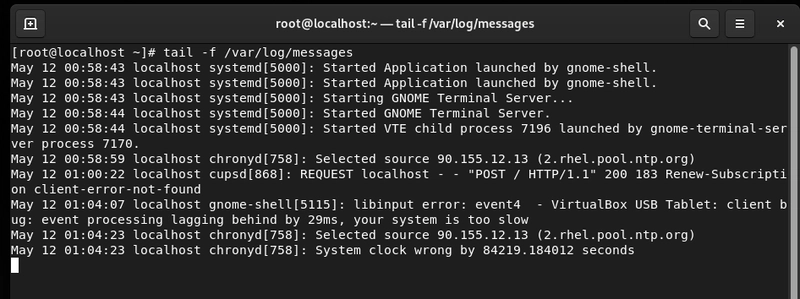Let me paint you a picture.
You're sitting at your terminal. You know you downloaded that important file somewhere. Maybe in Downloads. Or Documents. Or... was it in the mysterious /tmp?
You try clicking around, but there’s no clicky. Just blinking text. Panic sets in.
But wait — you have a superpower now. It’s called the command line, and today, we’re wielding four little heroes who will help you find what’s missing, peek inside files, and count like a digital mathematician.
📚 Table of Contents
- Meet the Squad
- find: The Detective
- head: The Chiller
- tail: The Gossip
- wc: The Bean Counter
- Try This: Your Mini Linux Mission
- Why This Stuff Matters
Meet the Squad
find: The Detective
find is like the Sherlock Holmes of the Linux terminal. You give it a clue — a filename, a directory, maybe a wildcard — and it scours your system like a caffeine-powered bloodhound.
That says: “Dear Linux, go search everywhere inside /home for a file called notes.txt.” It's fast, it’s sharp, and it doesn’t stop until it gets results.
Bonus: It’s also great for hunting down lost dignity after a failed rm command.
head: The Chiller
You know when you only want to read the first few pages of a book to see if it’s worth your time? That’s what head does for files.
It gently shows you the top 10 lines of the file without forcing you to scroll for days. Classy, right?
Need more or fewer lines?
Just 2 lines. Enough to understand the shopping list.
tail: The Gossip
tail is the nosy neighbour who only cares about what’s happening at the end. Perfect for checking logs or watching new info appear in real time.
Even better:
That -f means “follow” — as in, “I’ll sit here and live-stream this log file like it’s my Netflix.”
wc: The Bean Counter
wc stands for word count, but it's secretly a stats machine. It can tell you how many lines, words, and characters are in a file.
Need just the line count?
This is perfect for flexing: “I wrote 894 lines of config today.” Boom. Productivity.
Try This: Your Mini Linux Mission
- Create a test file
- Use head to view the first 3 lines
- Use tail to check the last 2 lines
- Use wc -l to count how many lines total
- Misplace it and use find to save the day
Why This Stuff Matters
Each of these commands does a simple job — but together, they make you a smarter, faster Linux user.
Think of them like the tools in Batman’s utility belt. Alone? Useful. Together? Unstoppable.
And remember: reading tutorials is great — but typing the commands, messing around, and breaking stuff a little is how you really learn. File-fu takes practice.
So go explore, poke around, count some words, and tail some logs. Your terminal superpowers are growing by the day.











Top comments (0)